We all know how critical communication at work is. Keeping employees engaged, in sync with the company’s vision, and informed about important changes is an issue the company management, and especially the HR Department, deal with every day.
We believe that presentations are a powerful tool for effective communication, but you can’t get there with beautiful slides alone. How do you present the information, especially when the news is problematic or sensitive? How do you deliver bad news?
In this article, we’ll arm you with practical tips on how to use presentations to keep employees informed, even when the message is hard to deliver.
If these kinds of in-house presentations are useful to you, check out our article on onboarding presentations. It can also be handy.
1. Be Clear and Concise
When you inform employees about something important, go with clarity. Especially in today’s fast-paced life, your message should be clear and to the point. Folks are likely juggling multiple tasks, and additional vagueness will only confuse them.
Avoid overwhelming slides full of text; instead, use bullet points, visuals, and charts to illustrate your message.
We can give you a hand with that. Wonderslide uses an AI-powered slide designer that will find the most effective and spectacular way to display your information on the slides. And believe us, that will make the difference.
Here is Google, which is well-known for its internal presentations, where they present performance data, new policies, or changes. Their slides are simple and contain key statistics or insights, allowing employees to focus on the message without distraction.
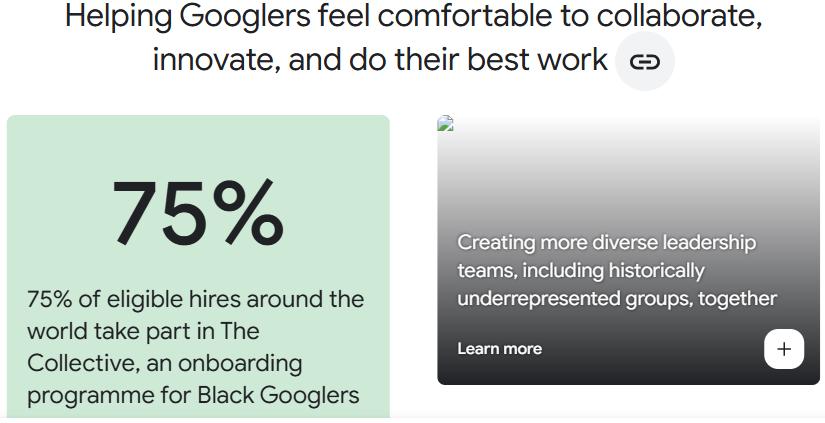
2. Tailor the Message to Your Audience
This is one of the basic rules for any presentation. It also works when you need to inform employees.
Not all staff members need the same level of detail. For technical teams, you dive into specifics, while for broader audiences, you go with a general overview. Tailoring your message shows respect for people’s time and makes the information easier to digest.
For example, when Microsoft went through a major restructuring in 2013, then-CEO Steve Ballmer used targeted presentations for different departments. The upper management got detailed projections, but broader employee groups received a more general overview with a focus on the vision and strategy.
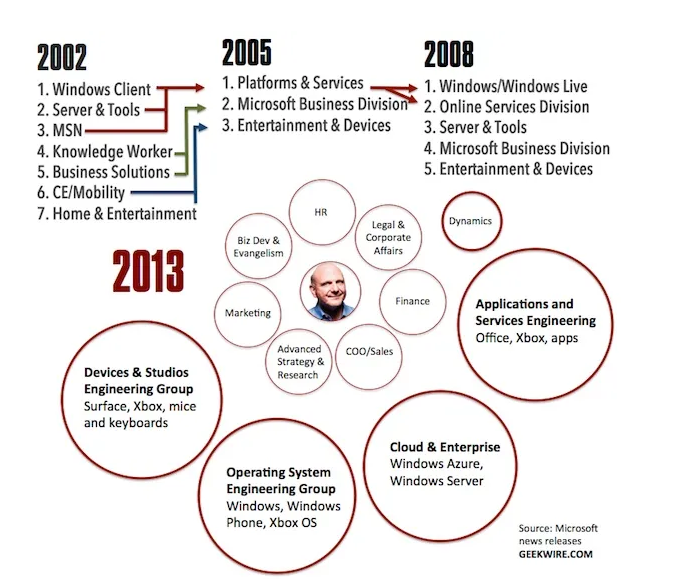
3. Use Empathy When Delivering Bad News
Bad or controversial news can be tricky to deliver. The first thing that comes to mind is layoffs, pay cuts, or organizational changes. Here, empathy is key.
First, acknowledge the difficulty of the situation and then give context to help employees understand why the decision was made. Supportive body language and an empathetic tone will help to show that the company values its employees, even during tough times. However, don’t expect it to be easy.
When Airbnb’s CEO Brian Chesky had to announce layoffs in the COVID-19 pandemic, he used the same approach although his presentation wasn’t made with slides, but in the form of a newsletter.
He was transparent, clearly explained the financial reasoning behind the layoffs, and expressed deep empathy, even offering continued benefits and job placement assistance.
His presentation helped maintain trust despite the bad news. Check out this article in Forbes Magazine that reviews Brian’s announcement and explains its value.
4. Be Transparent About Problematic Issues
When you deal with controversial topics or problematic issues like policy changes or market declines, be transparent. If employees sense that the leadership withholds information, it can lead to disengagement or rumors.
Give the facts, acknowledge the challenges, and outline the company’s plan to address them. Transparency creates trust.
Tesla often deals with volatile stock performance, production delays, or controversial decisions. CEO Elon Musk, in his internal presentations, is candid with employees and explains the challenges the company faces and the steps to tackle them.
In the slide below, Musk presents one of the challenges that Tesla faces: the insufficient number of Supercharger Stations in the US.
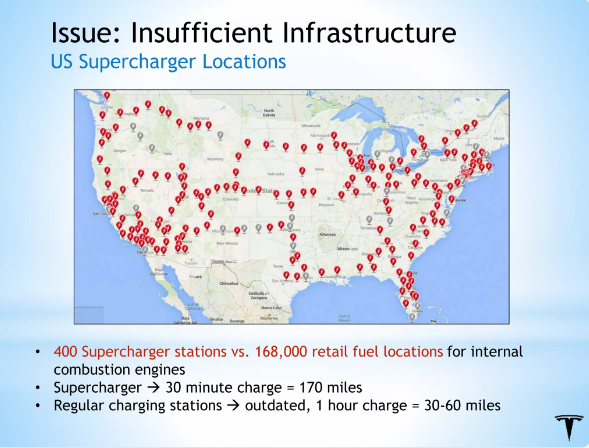
5. Engage Your Audience with Interactive Elements
Presentations shouldn’t be one-way communication. Include interactive elements like polls, Q&A sessions, or live chats. Employees should be able to voice their concerns, and you’ll have a chance to assess the overall mood of the team.
During Netflix’s critical moments (e.g. pivot to streaming) they hold company-wide presentations that include Q&A sessions, allowing employees to ask questions. This transparency helps employees adapt and ensures that everyone is on the same page.
On the following slide from the presentation about Netflix’s cultural values, employees are also asked to engage.
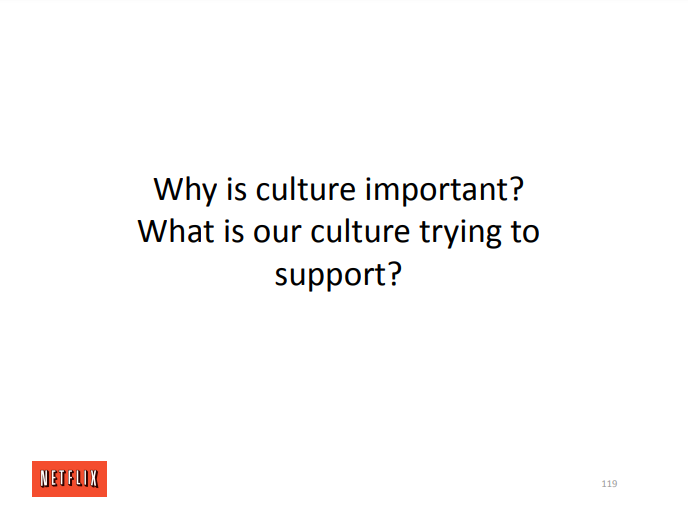
6. Always End with a Clear Call to Action
After you deliver information, especially when it’s significant or difficult news, employees should know what comes next. Give them clear directions on the next steps. It can be adopting a new tool, adjusting to a policy change, focusing on a new strategy, or something else. Call to action is paramount.
In Amazon’s all-hands presentations, CEO Andy Jassy often ends by outlining key priorities for the upcoming period. This clear call to action ensures that all employees leave the meeting knowing what should be done to reach the company’s goals.
The example below shows more ambitious goals that the company sets long term.
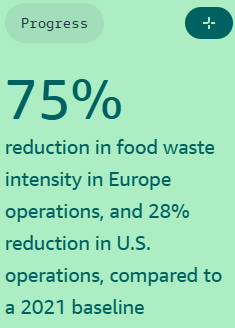
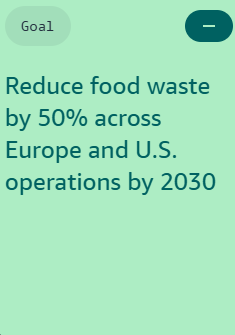
7. Offer Support and Follow-Up
Delivering important or sensitive information can lead to stress or a drop in morale, which is not good for the work environment. Offer support, answer any follow-up questions, and address the concerns. You could do that at smaller group meetings, one-on-one sessions with managers, or an FAQ document.
This way, you will show that the company cares about employee feedback and well-being.
Conclusion
Using presentations to keep employees informed is a valuable skill for any leader or manager. Focus on clarity, empathy, and engagement and make sure that employees stay informed and motivated even when the message is challenging.
The way you present the news, whether it’s exciting or rough, can make all the difference.